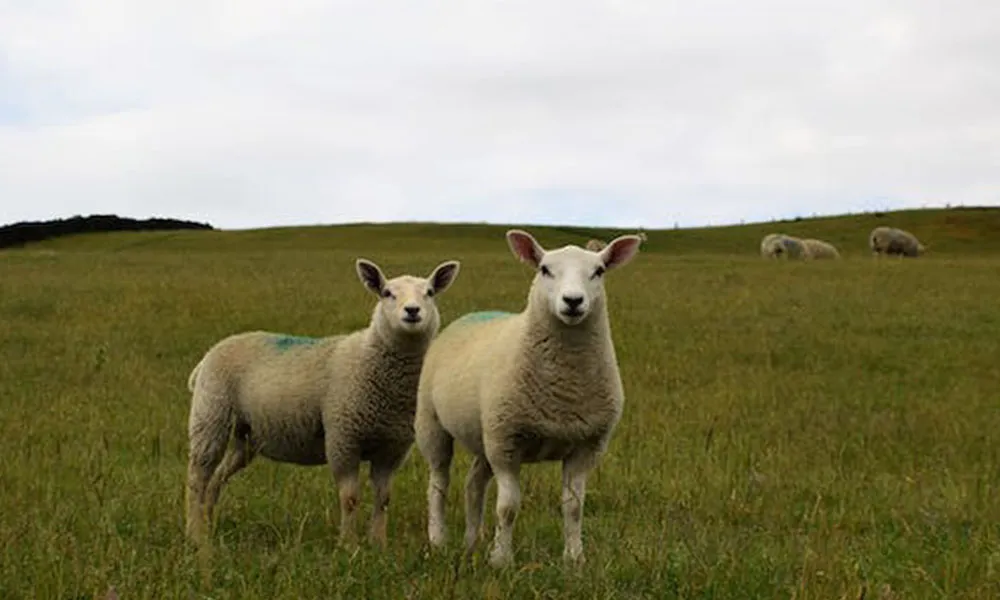Important days in the calendar
These are important days in the sheep farmer's calendar. With a couple of months to go until tupping season, most of us have now taken lambs off our ewes. Weaning is a difficult time for lambs. The stress of separation and the sudden withdrawal of daily milk place enormous pressure on the weanling lamb's physical resources.
This is why it is important that we do everything we can to ensure that lambs do not lose ground during the weaning period. In particular, it is essential that lambs are getting all of the nutrients needed to maintain good bodily function and growth. This usually requires a combination of adequate feed and mineral supplements.
Pasture quality
Lambs post-weaning should be provided with plenty of leafy grass. Placing lambs on stemmy grass will result in poor growth, so it is often a good idea to place new weanlings on strong pasture. They will thin out this heavy pasture by picking the leafiest grass and leaving the stemmier stuff behind.
If you have a lot of aftergrass at the minute, it is a good idea to graze weanling lambs on this. The application of nitrogen will be a considerable help for the promotion of good aftergrass. However, it is always advisable to test the nitrogen levels of your soil before applying more.
Cobalt
Vitamin B12 deficiency is a serious problem in newly weaned lambs. The lamb's rumen requires cobalt in order to produce Vitamin B12, so this problem can be offset by administering a cobalt supplement immediately post weaning. There are a lot of excellent cobalt drenches available on the market.
However, cobalt is not stored in the lamb's body so you may have to drench every 2-3 weeks for the duration of the weaning period. Alternatively, you can administer a cobalt-containing bolus once in the season and this will provide the animal with a slow release over the course of the season.
Parasite Management
Because newly weaned lambs are subject to intense physical and emotional stress, they are more susceptible to a range of parasites. Among the most common of these are liver fluke, roundworm and coccidiosis. High rainfall levels over the last few weeks have significantly raised the threat of liver fluke, which should be taken very seriously.
Many newly weaned lambs will need to be treated for parasitic infections. However, it is important to remain mindful of growing anthelmintic resistance to wormers. Do not overdose. A fecal egg count can help you to identify what parasites are afflicting your lambs. If you find that lambs are suffering from large numbers of parasites, dose for the worms that are present in the faeces.
You should dose only at the volumes recommended by the manufacturer. Often, this will necessitate weighing each lamb before dosing and administering the volume appropriate to the animal's size.
Supplementary feeding
You may wish to supplement a grass diet with some concentrate provision, as this will help to facilitate lamb growth and result in higher kill out percentages. At the same time, you don't want to overfeed with concentrate. Personally, I would recommend 250-300 grams per lamb per day.


